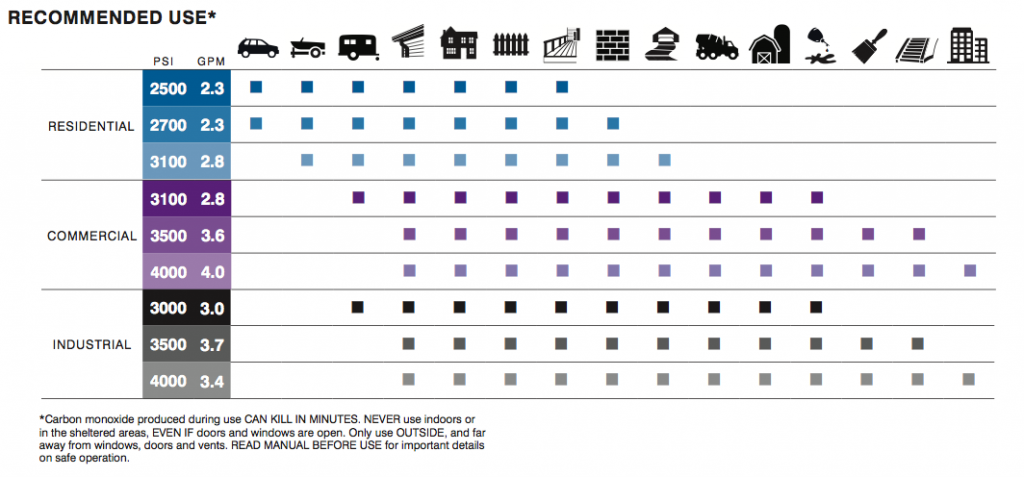

1 bar to psi at sea level full#
Full scuba tank overpressure (common): P g = 3,000 psi.Full SCBA Self Contained Breathing Apperatus for toxic atmospheres 2216 psi.Ivan Drago's punch (fictional): P g = 1850 psi.Air brake reservoir overpressure (common): 90 psi ≤ P g ≤ 120 psi.Bike tire overpressure (common): P g = 65 psi.Automobile tire overpressure (common): P g = 32 psi.Atmospheric pressure at sea level (standard): Atmosphere= 14.6959488 psi.It is occasionally used in materials science and mechanical engineering to specify stress and Young's modulus. The ksi ( kip, "kilo-pound per square inch") is 1000 psi, combining the prefix kilo with the psi abbreviation. Psi is often used incorrectly instead of psig. Thus a reading of 30 psig on a tire gauge, represents an absolute pressure of 44.695948804 psi. If a pressure gauge is calibrated to read zero in space, then at sea level on Earth it would read 14.695948804 psi. Humans do not feel this pressure because internal pressure of liquid in their bodies matches the external pressure. Most pressure gauges, such as tire gauges, are calibrated to read zero at sea level, because most applications require the difference of pressure.Īt sea level, Earth's atmosphere actually exerts a pressure of 14.695948804 psi (see below). By contrast, psi measures pressure relative to a vacuum (such as that in space). Psig (pound-force per square inch gauge) is a unit of pressure relative to atmospheric pressure at sea level. psisg (psi sealed gauge) - difference between a chamber of air sealed at atmospheric pressure and the pressure at the measuring point.psivg (psi vented gauge) - difference between the measuring point and the local pressure.psig (pounds-force per square inch gauge).One bar is 14.50377 psi, and we can therefore make the following bar to psi formula: bar × 14.50377 psi With this. Psi is short for pound-force per square inch (lbf/in²), and it is the pressure from one pound-force applied to an area of one square inch. psid (psi difference) - difference between two pressures. A bar is a little less than the average atmospheric pressure on earth at sea level.
1 bar to psi at sea level plus#
psia (pounds-force per square inch absolute) - gauge pressure plus local atmospheric pressure.However, the US National Institute of Standards and Technology recommends that, to avoid confusion, any modifiers be instead applied to the quantity being measured rather than the unit of measure For example, " P g = 100 psi" rather than " P = 100 psig". In other words - if air in a 1.76 cubic feet container is compressed to 2200 psig - the same air at atmospheric pressure will occupy 265 cubic feet.Other abbreviations are used that append a modifier to "psi". Standard atmospheric volume of air compressed in a 1.76 cubic feet K-type cylinder at 2200 psig (2214.7 psia) can be calculated Standard sea-level 3 values are quite small for example, the highest and lowest sea-level pressures ever recorded are 32.01. Example - Volume of Air in a Cylinder Storage Atmospheric pressure is expressed in several different systems of units: millimetres (or inches) of mercury, pounds per square inch (psi), dynes per square centimetre, millibars (mb), standard atmospheres, or kilopascals. Normal-pressure cylinders are in the range 20 psig (140 and 175 bar) and low-pressure cylinders are in the range 480 psig (34 bar). Gas can be stored in high-pressure cylinders ranging to more than 6000 psig (410 bar).
1 bar to psi at sea level free#
The amount of free gas at atmospheric pressure in a given volume - like a cylinder storage - can be calculated my modifying (1)

V c = volume of gas after compression (cubic feet, m 3) Volume of free gas in a Storage Volume 5 psi Decrease in air pressure when going from Earth sea level to 1000 m elevation citation needed +13 kPa +1. P c = pressure after compression (psi, kPa ) V a = volume of the gas at atmospheric pressure (cubic feet, m 3) P a = atmospheric pressure (14.7 psia, 101.325 kPa ) The storage volume for a compressed gas can be calculated by using Boyle's Law


 0 kommentar(er)
0 kommentar(er)
